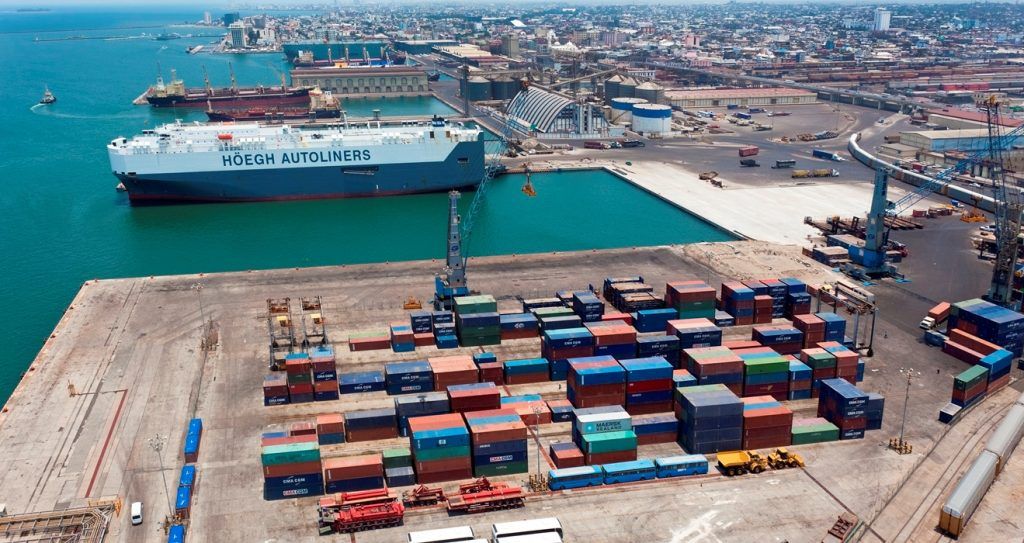Tariffs are driving Mexico‘s trade surplus with the United States, the Census Bureau reported on Thursday.
In April, Mexico’s positive balance with its northern neighbor was $14.023 billion dollars, an increase of 2.8% at annual rate.
Until now, the United States imposed universal tariffs of 25% on its imports of automobiles, steel, aluminum and derivatives of these two metals.
As with Canada, the United States has granted certain reductions of these tariffs with formulas that consider the U.S. content in its imports of Mexican and Canadian products.
Mexico’s trade surplus with the United States
By product type, Mexico has its largest trade surplus with the United States in autos, computers, goods vehicles, crude oil, harnesses, tractors, monitors and projectors, and medical devices.
In contrast, the main products with which Mexico has deficits with the United States are petroleum oils (except crude oil), electronic integrated circuits, gas, corn, certain parts for office machines and appliances, soybeans, ethylene polymers, disks and tapes, semiconductor-based permanent data storage devices, smart cards and other media for recording sound or analog recordings.
In April 2025, in bilateral product trade, Mexico’s exports were US$41.869 billion and U.S. exports totaled US$27.846 billion.
Production sharing
Mexico offers competitive labor costs, competitive labor, raw material production, geographic proximity, and a network of trade agreements with 50 countries. These advantages allow U.S. companies to reduce production costs without leaving North America, while taking advantage of short delivery times and lower logistics costs thanks to nearshoring.
For its part, the United States brings capital, energy and food complementarity, advanced technology and solid industrial infrastructure. This combination facilitates efficient production sharing, in which both countries integrate their strengths.
The framework of the Treaty between Mexico, the United States and Canada (T-MEC) reinforces this collaboration.
The T-MEC is broader than its predecessor, NAFTA. While the latter covered 22 chapters, the new agreement includes 34. It reflects a broader scope and more topical issues.
The T-MEC incorporates new chapters. These include e-commerce, competitiveness, SMEs, telecommunications and anti-corruption. Thus, it responds to the new dynamics of global trade and strengthens cooperation between Mexico, the United States and Canada.

